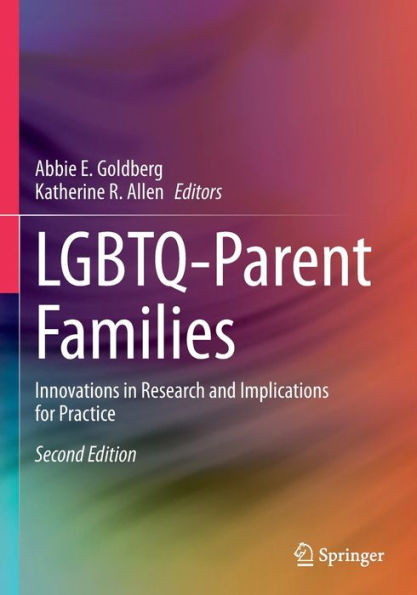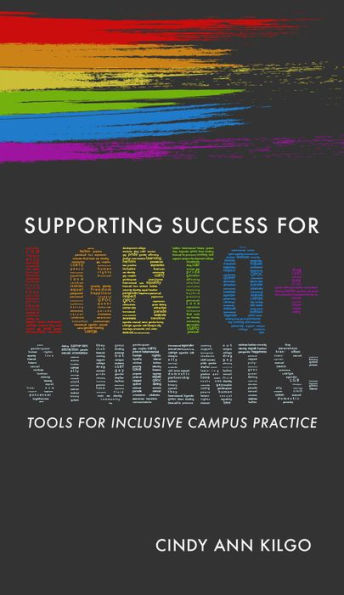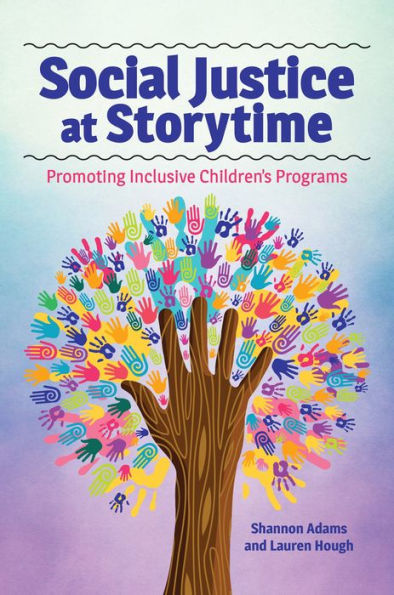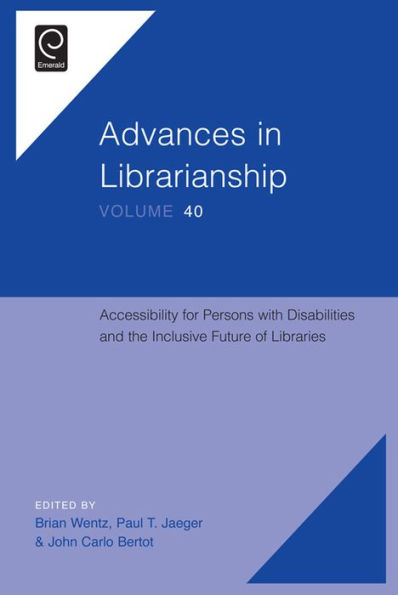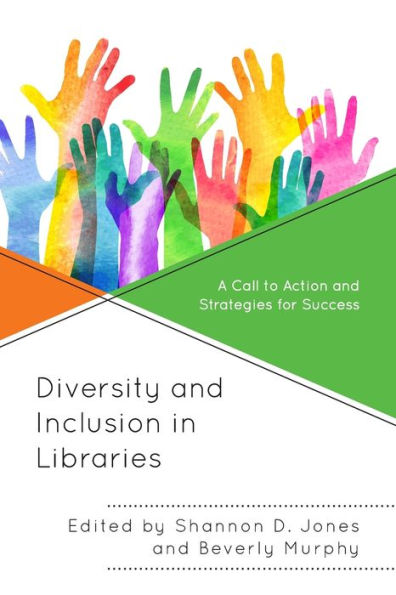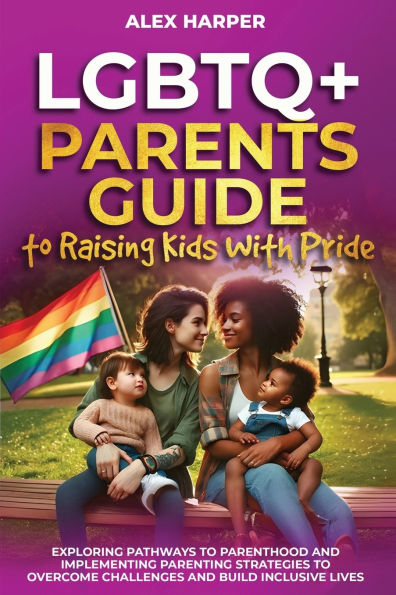Home
LGBTQIA+ Inclusive Children's Librarianship: Policies, Programs, and Practices
Barnes and Noble
Loading Inventory...
LGBTQIA+ Inclusive Children's Librarianship: Policies, Programs, and Practices in Franklin, TN
Current price: $50.00
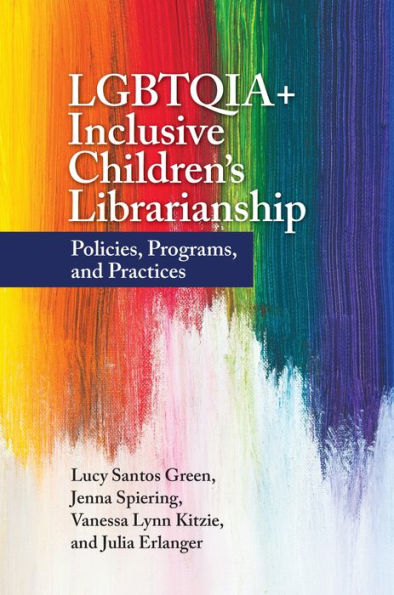
Barnes and Noble
LGBTQIA+ Inclusive Children's Librarianship: Policies, Programs, and Practices in Franklin, TN
Current price: $50.00
Loading Inventory...
Size: Paperback
This book breaks new ground, offering school and public librarians serving children in grades K–8 a roadmap for implementing and upholding queer-inclusive programs, policies, and services.
School and public librarians are serving ever greater numbers of LGBTQIA+ children and families. Transgender children may begin to express a strong sense of gender identity as early as 2–3 years of age. Children are also identifying as gay much sooner than earlier generations-often between the ages of 7 and 12. Additionally, more children than ever before are living with LGBTQIA+ caregivers.
In seeking to make our programs and services inclusive and equitable for these growing populations, librarians may court controversy and face community backlash from patrons who feel queer-inclusive content is inappropriate for young children. This book codifies a set of best practices for librarians as they rise to this challenge, defining queer-inclusive programs, identifying potential barriers to implementation, and offering strategies and resources to overcome them.
Resources for Additional Support
School and public librarians are serving ever greater numbers of LGBTQIA+ children and families. Transgender children may begin to express a strong sense of gender identity as early as 2–3 years of age. Children are also identifying as gay much sooner than earlier generations-often between the ages of 7 and 12. Additionally, more children than ever before are living with LGBTQIA+ caregivers.
In seeking to make our programs and services inclusive and equitable for these growing populations, librarians may court controversy and face community backlash from patrons who feel queer-inclusive content is inappropriate for young children. This book codifies a set of best practices for librarians as they rise to this challenge, defining queer-inclusive programs, identifying potential barriers to implementation, and offering strategies and resources to overcome them.
Resources for Additional Support
This book breaks new ground, offering school and public librarians serving children in grades K–8 a roadmap for implementing and upholding queer-inclusive programs, policies, and services.
School and public librarians are serving ever greater numbers of LGBTQIA+ children and families. Transgender children may begin to express a strong sense of gender identity as early as 2–3 years of age. Children are also identifying as gay much sooner than earlier generations-often between the ages of 7 and 12. Additionally, more children than ever before are living with LGBTQIA+ caregivers.
In seeking to make our programs and services inclusive and equitable for these growing populations, librarians may court controversy and face community backlash from patrons who feel queer-inclusive content is inappropriate for young children. This book codifies a set of best practices for librarians as they rise to this challenge, defining queer-inclusive programs, identifying potential barriers to implementation, and offering strategies and resources to overcome them.
Resources for Additional Support
School and public librarians are serving ever greater numbers of LGBTQIA+ children and families. Transgender children may begin to express a strong sense of gender identity as early as 2–3 years of age. Children are also identifying as gay much sooner than earlier generations-often between the ages of 7 and 12. Additionally, more children than ever before are living with LGBTQIA+ caregivers.
In seeking to make our programs and services inclusive and equitable for these growing populations, librarians may court controversy and face community backlash from patrons who feel queer-inclusive content is inappropriate for young children. This book codifies a set of best practices for librarians as they rise to this challenge, defining queer-inclusive programs, identifying potential barriers to implementation, and offering strategies and resources to overcome them.
Resources for Additional Support


